Exhibition and Trade Show Management: Your Complete Guide by Arritx Events
Trade shows and exhibitions remain one of the most powerful marketing tools for businesses across industries. Whether you’re launching a new product, building brand awareness, or generating leads, successful exhibition management can deliver exceptional ROI. This comprehensive guide by Arritx Events will walk you through the essential elements of planning, executing, and maximizing your trade show presence.
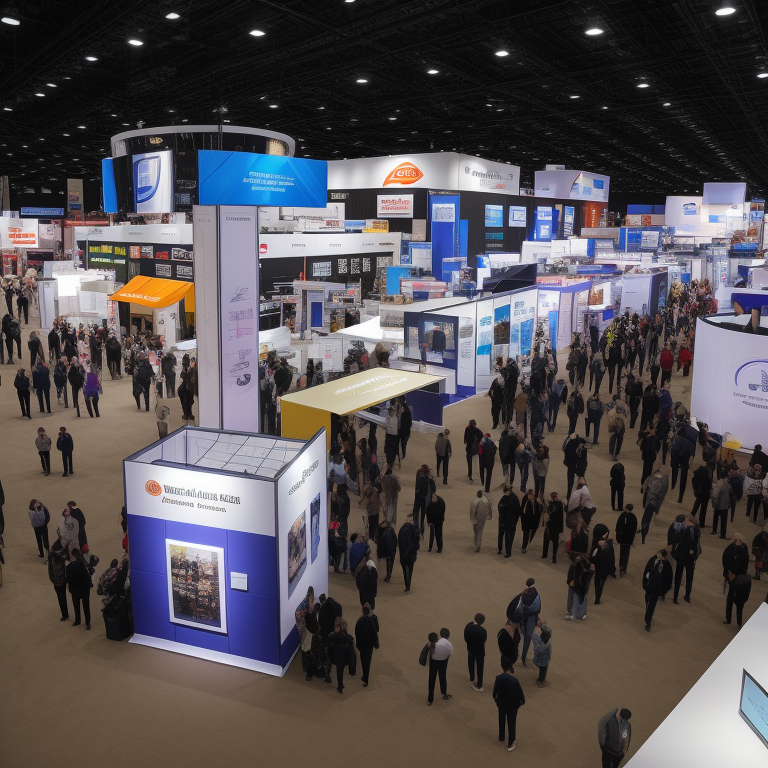
Why Trade Shows Matter in Today’s Digital World
Despite the rise of digital marketing, face-to-face interactions at trade shows continue to drive business growth. According to industry research, 81% of trade show attendees have buying authority, making these events prime opportunities for meaningful business connections. Trade shows offer unique advantages including:
- Direct access to qualified prospects
- Opportunity for hands-on product demonstrations
- Competitive intelligence gathering
- Brand visibility and positioning
- Relationship building with industry stakeholders
Pre-Event Planning: Setting the Foundation for Success
Define Your Objectives
Before diving into logistics, establish clear, measurable goals for your trade show participation. Common objectives include:
- Lead generation: Target number of qualified leads
- Brand awareness: Increase brand recognition by specific percentage
- Product launches: Showcase new offerings to target audience
- Sales targets: Direct sales or pipeline generation goals
- Networking: Connect with industry partners and vendors
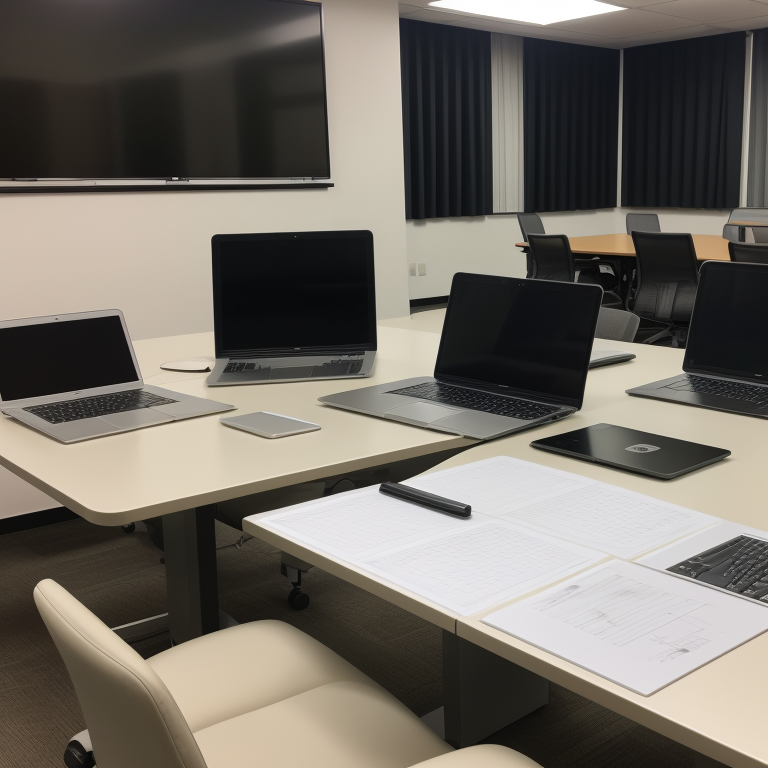
Budget Planning and Resource Allocation
Effective exhibition management requires careful budget planning. Consider these key expense categories:
- Booth space rental: Typically 30-40% of total budget
- Booth design and construction: 25-35% of budget
- Marketing and promotional materials: 10-15% of budget
- Staff travel and accommodation: 10-20% of budget
- Shipping and logistics: 5-10% of budget
Selecting the Right Events
Not all trade shows are created equal. Research and evaluate potential events based on:
- Target audience alignment
- Industry reputation and attendance figures
- Geographic location and accessibility
- Cost-effectiveness and ROI potential
- Timing within your business calendar
Booth Design and Setup: Creating an Engaging Experience
Strategic Booth Design Principles
Your booth serves as your temporary headquarters and should reflect your brand while facilitating meaningful interactions. Key design considerations include:
Visual Impact
– Bold, consistent branding and color schemes
– Clear, readable signage from multiple angles
– Strategic lighting to highlight key areas
– Open layout encouraging foot traffic
Functional Zones
– Welcome/reception area for initial visitor greeting
– Product demonstration space
– Private meeting areas for serious discussions
– Storage solutions for materials and personal items
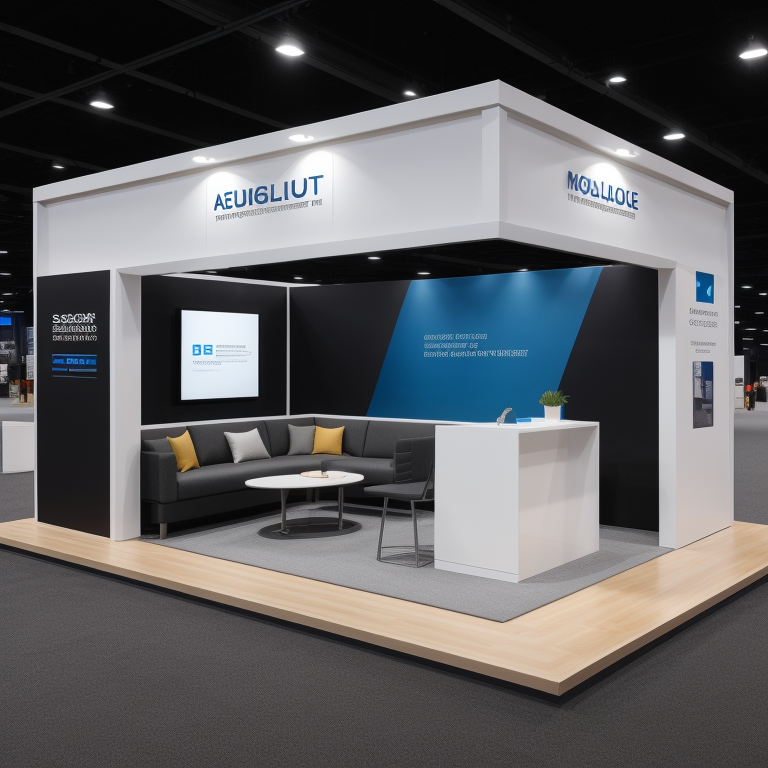
Technology Integration
Leverage technology to enhance visitor experience and streamline operations:
- Interactive displays: Touch screens showcasing products or services
- Lead capture systems: Digital forms and badge scanners
- Virtual reality: Immersive product demonstrations
- Social media integration: Live feeds and hashtag campaigns
Staff Training and Management
Selecting the Right Team
Your booth staff are your brand ambassadors. Choose team members who are:
- Knowledgeable about products and services
- Comfortable with public speaking and networking
- Professional in appearance and demeanor
- Enthusiastic about your company and industry
Pre-Show Training Essentials
Conduct comprehensive training sessions covering:
- Product knowledge: Deep understanding of features and benefits
- Lead qualification: Identifying and prioritizing prospects
- Booth etiquette: Professional behavior and appearance standards
- Technology usage: Familiarity with all booth equipment and systems
- Emergency procedures: Contact information and problem-solving protocols
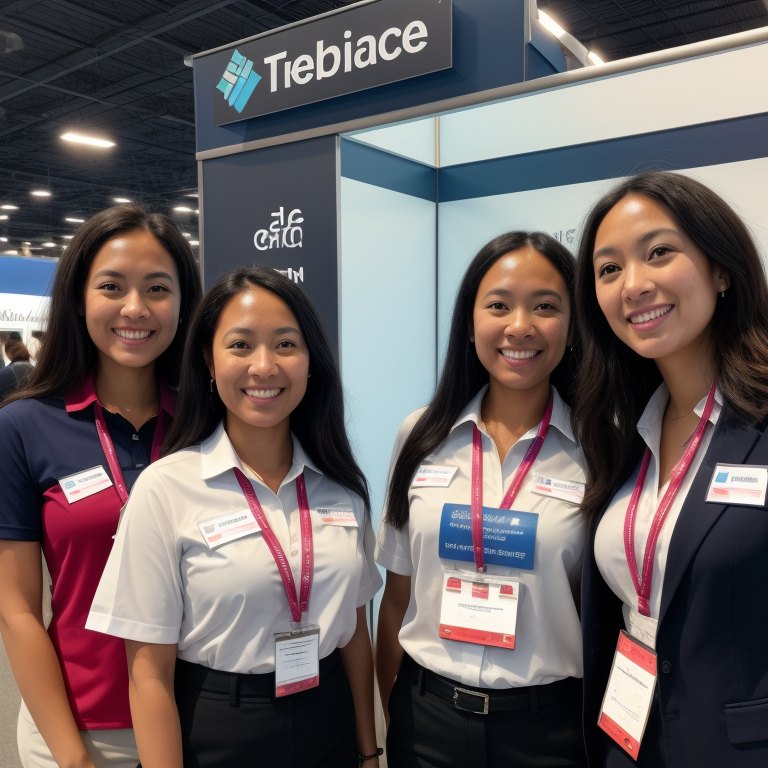
Lead Generation and Follow-Up Strategies
Effective Lead Capture Methods
Implement systematic approaches to collect and qualify visitor information:
- Digital lead capture: Tablet-based forms and badge scanning
- Qualification questions: Pre-determined criteria for lead scoring
- Contact preference tracking: Email, phone, or meeting preferences
- Interest level assessment: Immediate, short-term, or long-term prospects
Post-Show Follow-Up Protocol
The real work begins after the show ends. Implement a structured follow-up process:
- Immediate response (within 24-48 hours): Thank you messages and requested information
- Qualification calls (within one week): Deeper discovery conversations
- Proposal development (within two weeks): Customized solutions based on needs
- Ongoing nurturing: Regular touchpoints for longer-term prospects
Measuring Success and ROI
Key Performance Indicators (KPIs)
Track meaningful metrics to evaluate your trade show performance:
- Lead quantity and quality: Number of leads and conversion rates
- Cost per lead: Total investment divided by qualified leads generated
- Brand awareness metrics: Social media engagement and brand mentions
- Sales attribution: Revenue directly linked to trade show participation
- Networking outcomes: New partnerships and collaboration opportunities
Post-Event Analysis
Conduct thorough post-show evaluations including:
- Staff debriefing sessions to gather insights and feedback
- Visitor survey analysis to understand attendee experience
- Competitive analysis based on observed industry trends
- ROI calculation and comparison to other marketing channels
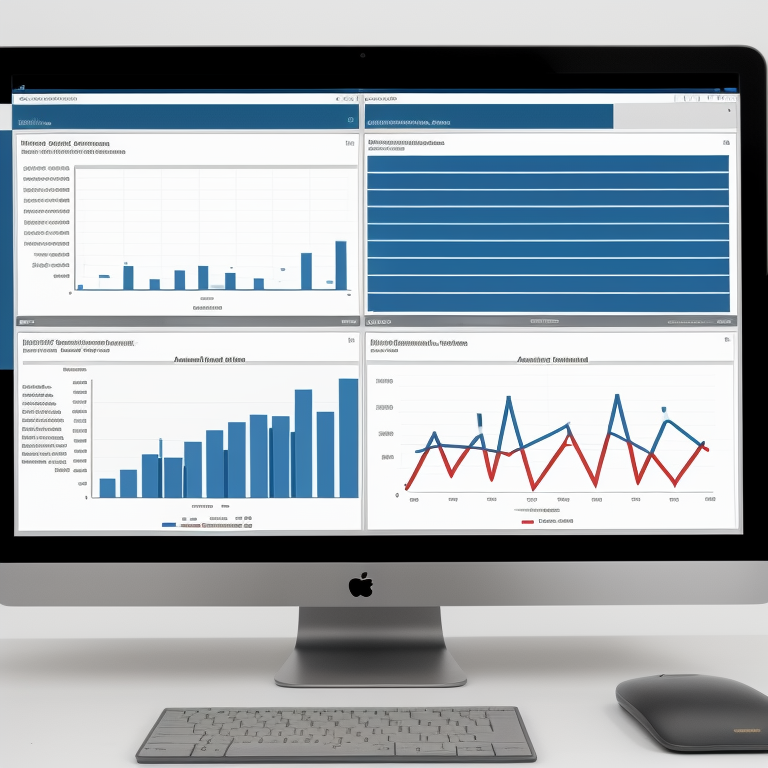
Conclusion: Maximizing Your Trade Show Investment
Successful exhibition and trade show management requires strategic planning, meticulous execution, and systematic follow-up. By implementing the strategies outlined in this guide, you’ll be well-positioned to maximize your trade show investment and achieve your business objectives.
At Arritx Events, we understand that every detail matters when it comes to trade show success. Our experienced team specializes in creating memorable exhibition experiences that drive results. From initial planning through post-show analysis, we’re committed to helping you achieve exceptional ROI from your trade show investments.
Ready to elevate your next trade show presence? Contact Arritx Events today to discover how our comprehensive exhibition management services can transform your trade show strategy and deliver measurable business results.
*For more insights on event management and exhibition strategies, explore our additional resources or speak with an Arritx Events specialist about your upcoming
 Instagram
Instagram Facebook
Facebook Twitter
Twitter LinkedIn
LinkedIn
Leave a Reply